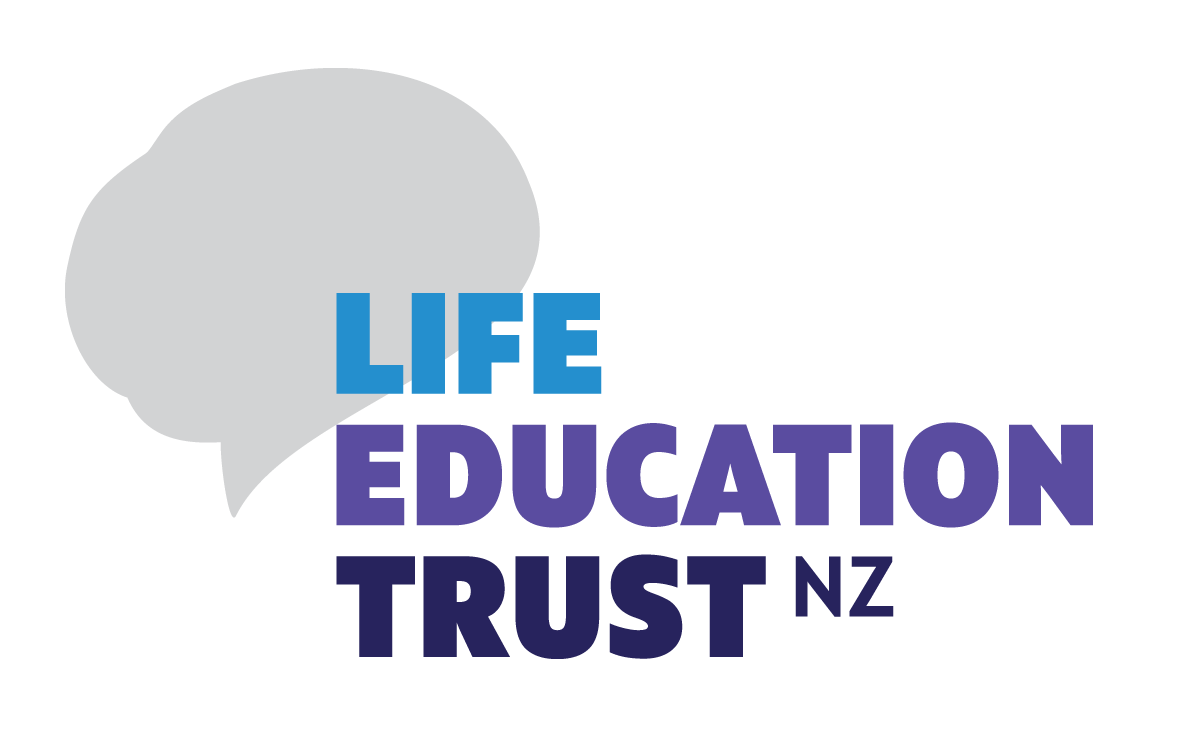The Circulatory System
What does the Circulatory System do?
Blood is transported through the body by the Circulatory System to deliver oxygen and nutrients to our cells. It also picks up waste products such as carbon dioxide so they can be removed from the body. The heart is the pump that pushes blood through the circulatory system to every part of our body - all day, every day - for our whole life.
The Lymphatic System is an associated system that retrieves fluid from where it collects in our tissues, and delivers it back into the blood. Lymph nodes along the Lymphatic System contain disease-fighting white blood cells, which filter out and destroy germs that make us sick.
What are the important features of the Circulatory System?
The Heart
A person’s heart is approximately the size of a fist and sits between the lungs, just to the left side of the chest. It fills with blood when it is relaxed, and when it contracts, it pushes blood out through the arteries to all parts of the body. The heart is a muscular pumping organ that beats 60 to 100 times each minute - and much faster if more oxygen is needed; for example, during physical exercise. Layers of muscle divide the heart into four spaces called chambers.
Circulation
Blood enters the heart at the top right chamber - called the right atrium - and is pumped out again from the bottom right chamber - called the right ventricle - to the lungs. After gathering oxygen from the lungs, the blood is returned to the top left chamber of the heart (the left atrium), and pumped out to the body from the left ventricle.
The Lungs
Our lungs extract oxygen from the air that we breathe. When we breathe out, carbon dioxide is expelled. Tiny structures in the lungs that look like the ends of tree branches, called alveoli, are filled with our smallest blood vessels, called capillaries. Oxygen passes from the alveoli into the blood through the walls of the capillaries, where it can attach itself to red blood cells. The blood is now ready to travel through the heart again, and transport oxygen to all the places in the body where it is needed.
Blood vessels
We have a network of blood vessels reaching every part of our bodies. Vessels full of oxygen and nutrients which travel from the heart out to the body are called arteries. The vessels that carry blood back to the heart are called veins.
Capillaries are the tiny vessels that connect arteries and veins, and their walls are very thin, so that oxygen and nutrients can pass through them, moving from the blood to the cells where they are needed.
Waste products such as carbon dioxide move in the opposite direction, to be carried away in the veins and removed from the body.
The Blood
Blood is made up of several different types of cells. Red blood cells carry oxygen to wherever it is needed. White blood cells help us to fight infection. Platelets help our blood to clot and also make scabs to help wounds to heal; while plasma is mostly made up of water, and is the fluid in which our nutrients and waste products are transported.
The Liver
The veins which return blood from the stomach and intestines to the heart first pass through the liver. Nutrients from food which are in the blood are processed by the liver so the body can absorb and use them. Toxins are broken down so they are not dangerous to the body and can be filtered out. The blood is then returned to the heart to be enriched with more oxygen and circulated through the body again.
Now you have read the Fact Sheet give Harold's Quiz a try!
Download PDF Back to resources
